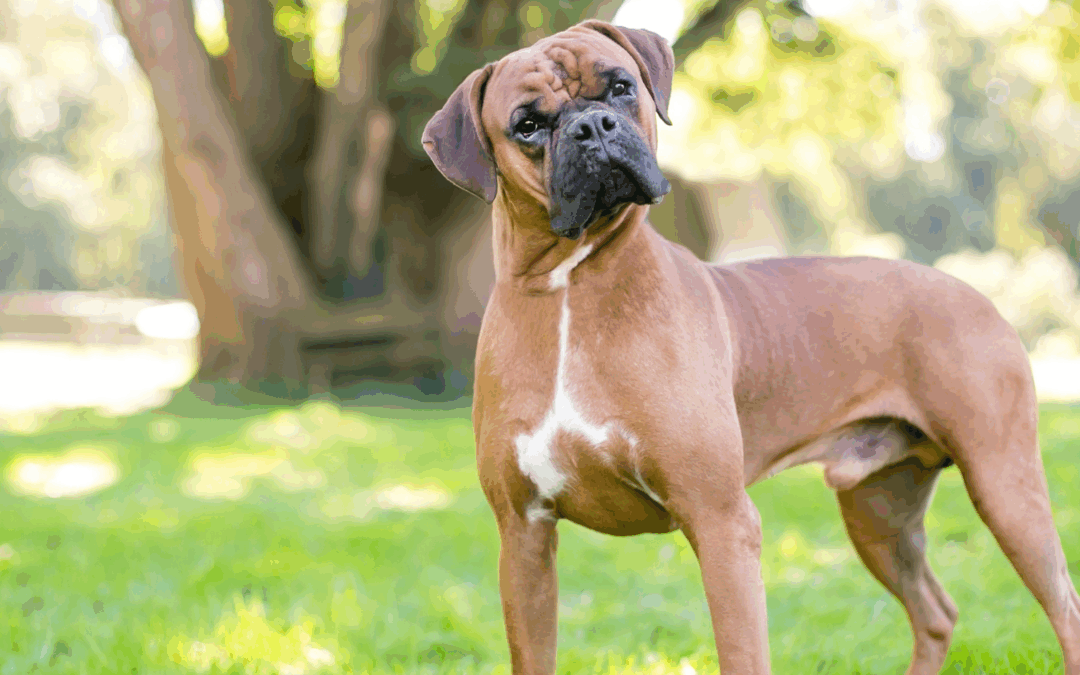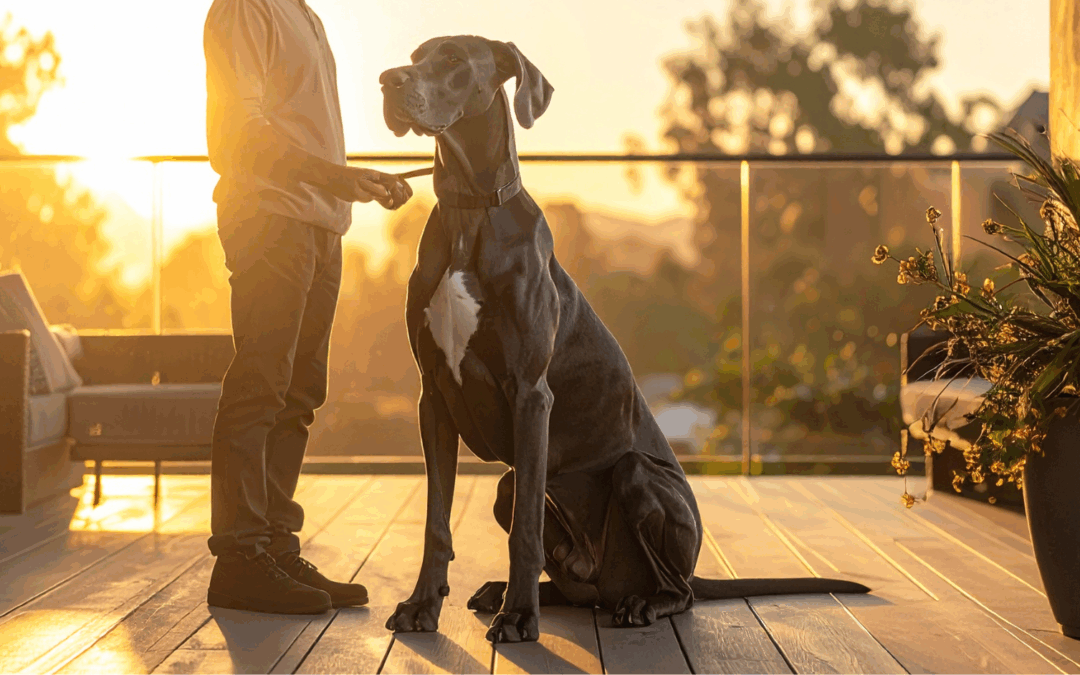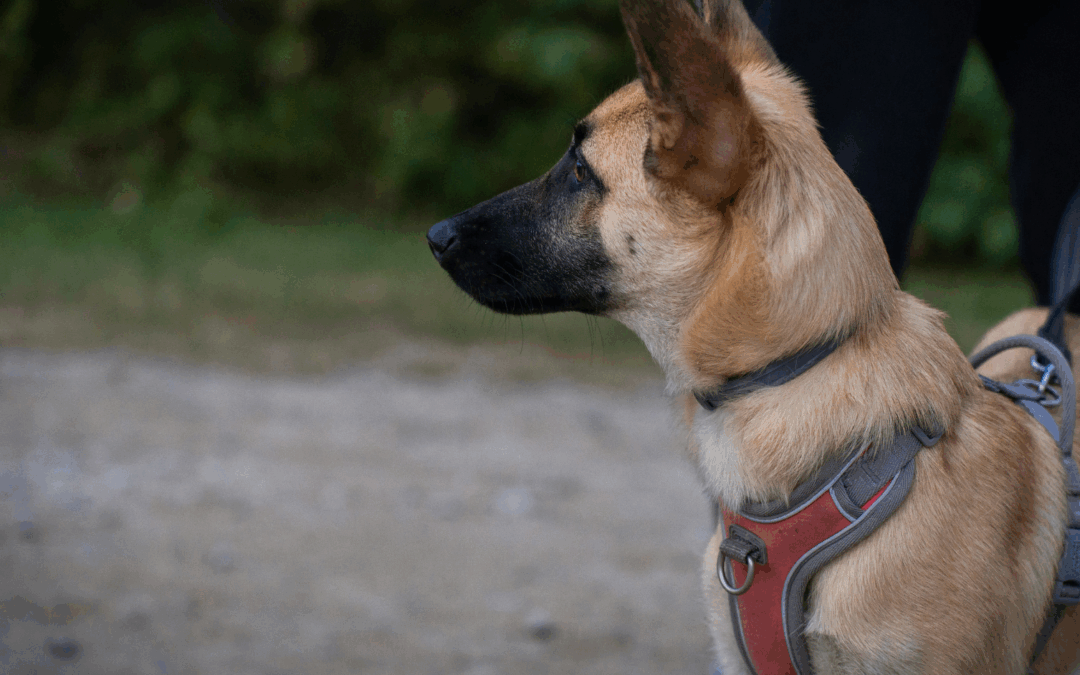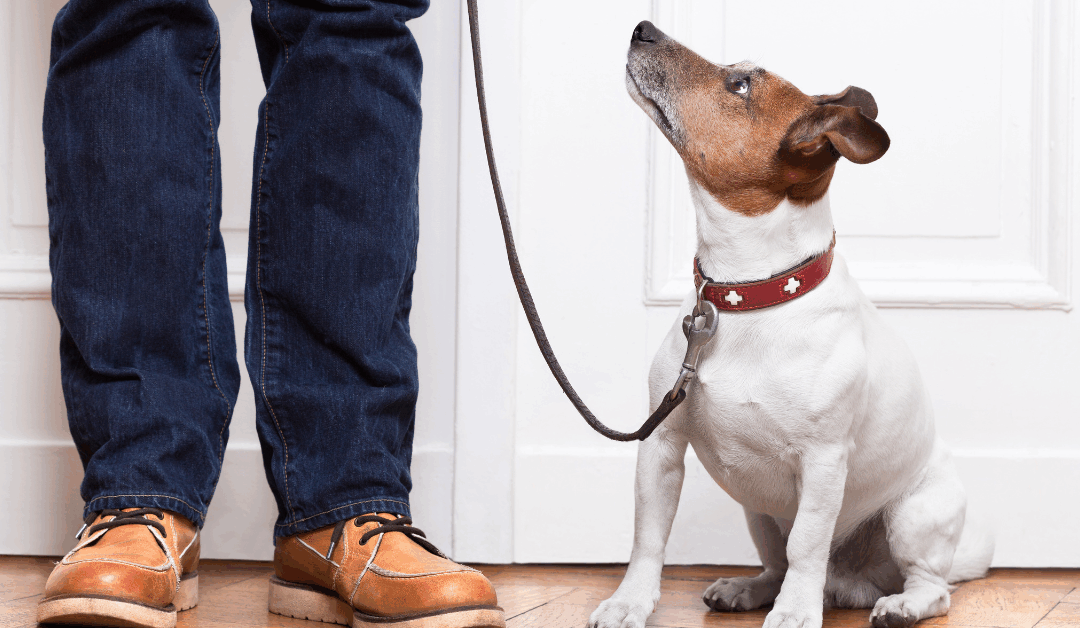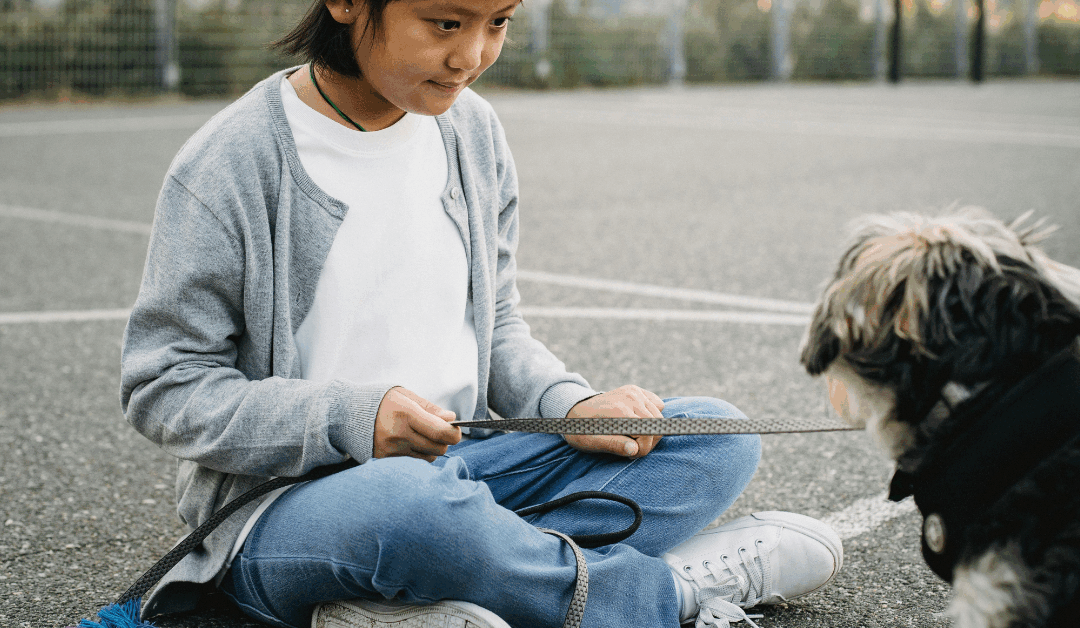Crate training a dog can feel overwhelming for new dog owners, but it’s one of the most valuable skills you can teach your furry friend. When done correctly, crate training creates a safe space where your dog feels calm and secure, while also helping with house training and preventing destructive behavior.
This comprehensive guide will walk you through every step of the crate training process, from choosing the right crate to troubleshooting common challenges. You’ll learn how to create a safe and positive association with the crate, establish healthy routines, and help your dog see their crate as their own space rather than a punishment.
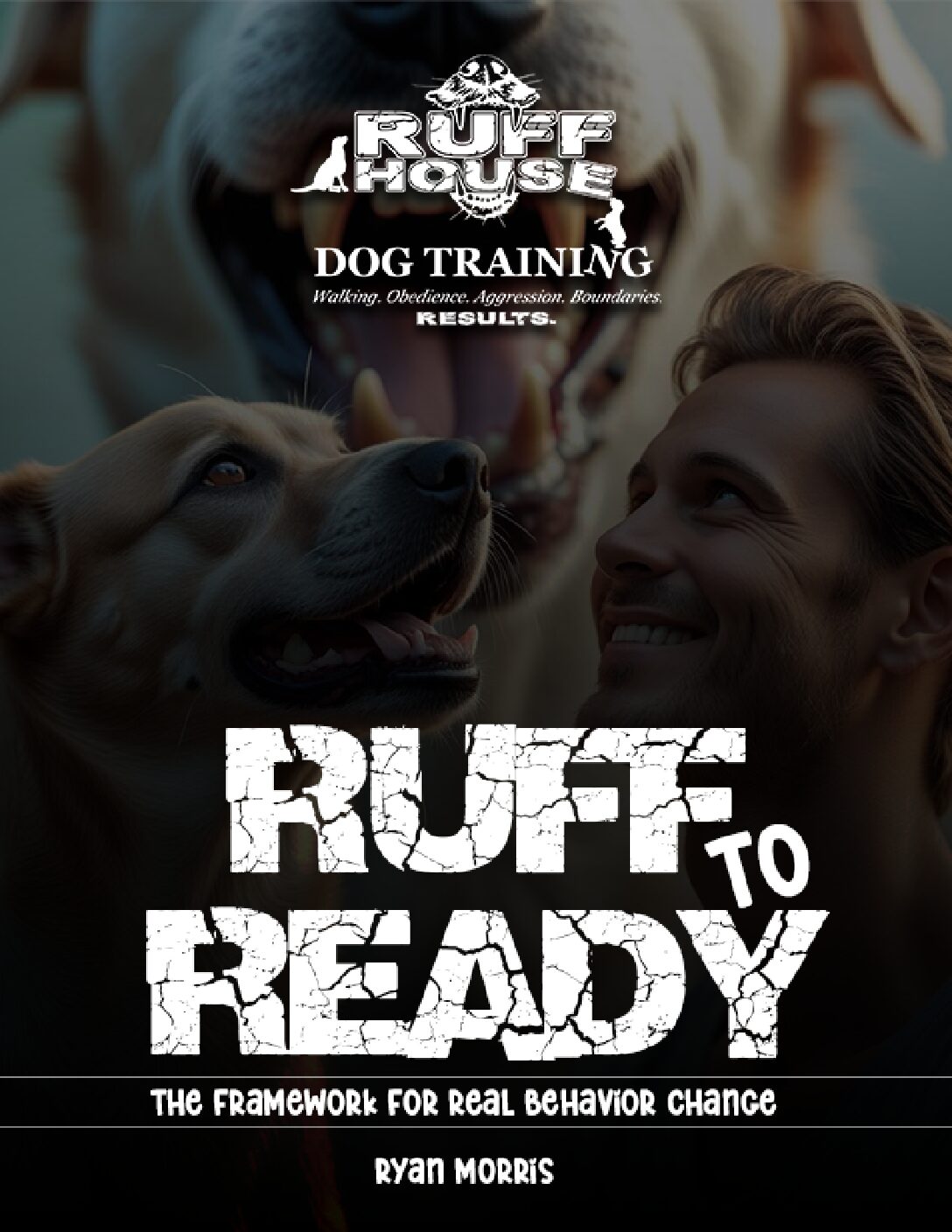
Unlock Real Behavior Change – Download Your Free Guide Now
"*" indicates required fields
Whether you’re bringing home a new puppy or working with adult dogs, the techniques in this guide will help you build a foundation of trust and security that benefits both you and your pet.
Understanding the Benefits of Crate Training
Before diving into the training process, it’s important to understand why crate training is so beneficial for both dogs and their families.
Creates a Safe Haven
Dogs are naturally curious animals that seek out den-like spaces for comfort and security. A properly introduced crate becomes your dog’s safe space—a quiet retreat where they can relax without interruption away from other dogs and humans. This is especially valuable when the family spends time entertaining guests or when there are young children with kids’ toys scattered around the house.
Prevents Separation Anxiety
Many dogs develop separation anxiety when left alone, leading to destructive behavior and excessive barking. Crate training helps dogs learn to be comfortable during short periods of separation, gradually building their confidence for extended periods when you’re away from the house.
Aids in House Training
Dogs instinctively avoid soiling their sleeping area. When your dog learns to see the crate as their bed, they’ll naturally hold their bladder and bowels until you let them out for a walk. This makes house training much more predictable and successful.
Provides Structure and Security
Having their own space helps dogs understand household routines and boundaries. Adult dogs especially benefit from the structure that crate training provides, as it gives them a clear understanding of when it’s time to eat, sleep, or relax.
Choosing the Right Crate
The foundation of successful crate training starts with selecting the appropriate crate for your dog.
Size Considerations
Your dog should have enough room to stand up, turn around, and lie down comfortably, but not so much space that they can use one end as a bathroom. For puppies, consider purchasing a crate in their adult size and using dividers to adjust the space as they grow.
Crate Types
Wire crates offer excellent ventilation and visibility, making them ideal for dogs who want to observe their surroundings. Plastic crates provide a more den-like environment and work well for anxious dogs who prefer enclosed spaces. Soft-sided crates are portable but only suitable for dogs who won’t chew or scratch.
Location Matters
Place the crate in a quiet area where your dog can still see family activity. Avoid putting it in a completely isolated room, as this can make your dog feel trapped or anxious. The crate should be away from high-traffic areas but not completely separated from the family.
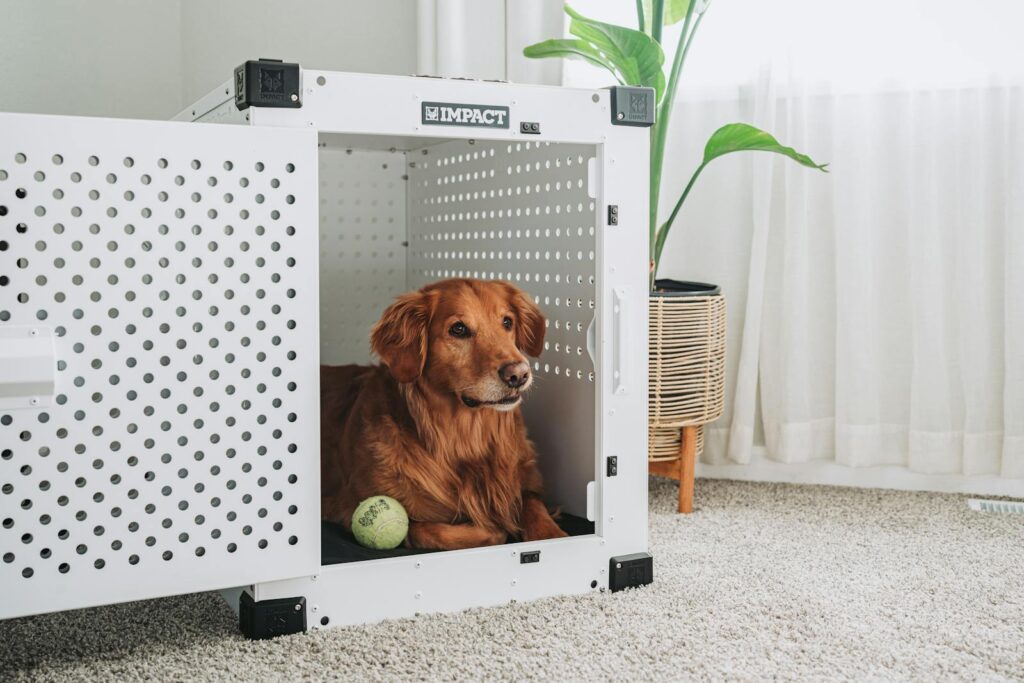
Photo by Impact Dog Crates on Pexels
Impact Crates
I recommend Impact Crates, as their crates are modeled after military grade aluminum, making them durable enough for large dogs. I recommend a quality crate that your dog will be comfortable in; that’s where Impact Crates come in!
Crate Training Process
Successful crate training requires patience and consistency. Follow these small steps to gradually increase your dog’s comfort level.
Phase 1: Introduction and Association
Begin by making the crate an inviting space. Place your dog’s favorite toy or a special treat inside with the crate door open. Allow your dog to explore naturally without forcing them inside.
Feed your dog their meals near the crate, gradually moving the food bowl closer to and eventually inside the crate. This creates an association between the crate and good things like food and treats.
During this phase, never close the door. Let your dog come and go freely, building confidence that the crate is a safe space rather than a trap.
Phase 2: Encouraging Time Inside
Once your dog willingly enters the crate to eat, begin encouraging longer visits. Sit quietly near the crate while your dog is inside, reading or using your phone. This teaches them that being in the crate doesn’t mean you’re leaving.
Start giving treats and praise when your dog enters the crate voluntarily. Use a consistent command like “crate” or “bed” so your dog begins to associate the word with the action.
If your dog seems anxious or tries to leave immediately, don’t force them to stay. Instead, make the crate more appealing with better treats or by moving your chair closer so they don’t feel alone.
Phase 3: Closing the Door Briefly
When your dog is comfortable spending time in the crate with the door open, begin closing the door for very short periods—just a few seconds at first. Stay nearby and open the door before your dog shows signs of anxiety.
Gradually increase the time the door stays closed, but only if your dog remains calm. If they begin to whine or paw at the door, wait for a moment of quiet before opening it. This teaches them that calm behavior, not anxiety, gets them released.
Practice having your dog go into the crate and sit or lie down before you close the door. Reward this calm behavior with treats and quiet praise.
Phase 4: Building Duration and Distance
As your dog becomes comfortable with the door closed, begin stepping away from the crate for short periods. Start with just a few steps, then gradually increase the distance and time spent away from the crate.
During this phase, it’s crucial not to respond to whining or barking immediately. Wait for your dog to settle and be quiet before returning. This prevents them from learning that making noise brings you back.
Practice leaving the room briefly while your dog is crated. Return before they become anxious, and always greet them calmly when you come back.
Establishing Healthy Routines
Meal Times and Crate Training
Use meal times to reinforce crate training. Feed your dog their regular meals inside the crate with the door closed. This creates a routine where the crate is associated with good experiences.
After eating, immediately take your dog outside for a walk or bathroom break. This helps establish a predictable routine that aids in house training.
Sleep Training
Adult dogs should sleep in their crate at night, especially during the initial training period. This helps them learn that the crate is their bed and sleeping area.
For puppies, expect some initial resistance to sleeping alone. Place the crate in your bedroom initially, then gradually move it to its permanent location once your pup is comfortable sleeping through the night.
Managing Time Spent in the Crate
Never leave your dog crated for extended periods beyond what’s appropriate for their age and needs. Puppies can typically hold their bladder for one hour per month of age, plus one hour. Adult dogs shouldn’t be crated for more than 6-8 hours during the day.
Ensure your dog gets adequate exercise and mental stimulation before crate time. A tired dog is more likely to relax and settle in their crate.
Troubleshooting Common Challenges
Dealing with Whining and Barking
Excessive barking or whining in the crate often stems from anxiety or the dog’s attempt to demand attention. The key is to never reward these behaviors by immediately releasing your dog.
Instead, wait for a moment of quiet before opening the crate door. If the barking persists, evaluate whether your dog needs a bathroom break, has been crated too long, or if the crate environment needs adjustment.
For naturally curious or high-energy dogs, provide appropriate mental stimulation before crate time. A puzzle toy or special chew can help keep them occupied.
Addressing Separation Anxiety
Dogs with separation anxiety may panic when left alone in their crate. These cases require extra patience and possibly consultation with a professional dog trainer.
Start with extremely short separations—just stepping outside for a few seconds. Gradually increase the time as your dog learns that you always return.
Create a calm departure routine that doesn’t build excitement or anxiety. Avoid making a big fuss when leaving or returning home.
Preventing Destructive Behavior
If your dog attempts to dig, chew, or scratch their way out of the crate, they may be experiencing anxiety or may not be getting enough physical exercise.
Ensure the crate is the appropriate size—too large a space can actually increase anxiety for some dogs. Add comfortable bedding and familiar scents to make the space more appealing.
Never use the crate as punishment, as this will create negative associations that undermine your training efforts.
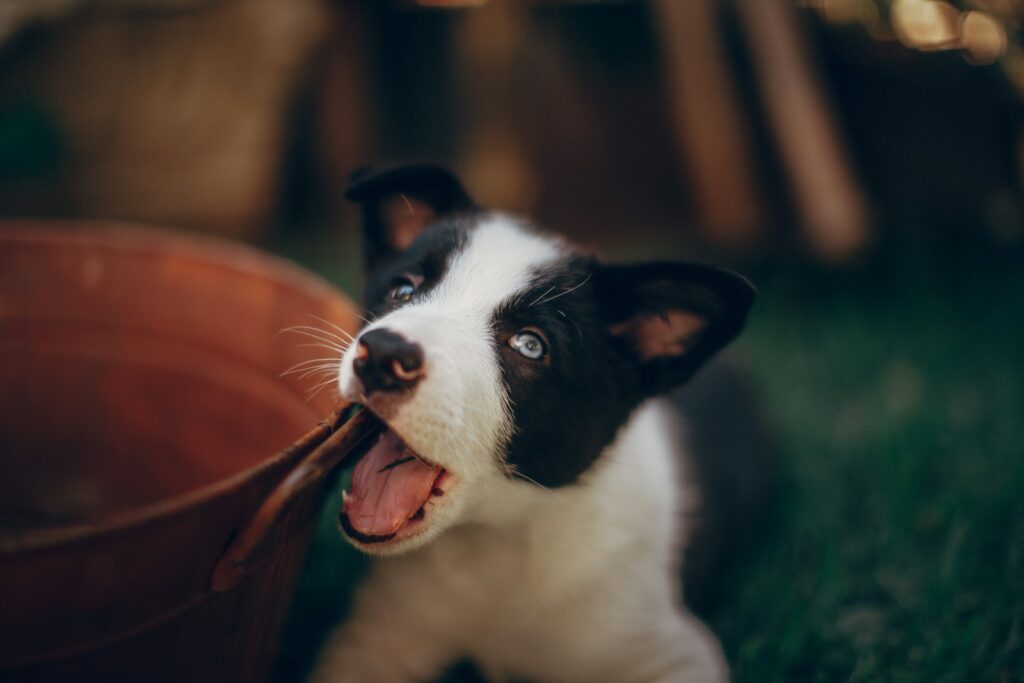
Photo by Helena Lopes on Unsplash
Advanced Tips for Crate Training a Dog Successfully
Working with Adult Dogs vs. Puppies
Adult dogs may take longer to adjust to crate training, especially if they’ve never been crated before. Be patient and move through the process more slowly if needed.
Puppies are often more adaptable but have shorter attention spans and smaller bladders. Adjust your expectations and timeline accordingly.
Traveling with a Crate-Trained Dog
Once your dog is comfortable with their crate, traveling becomes much easier. They’ll have a familiar safe space in new environments, reducing travel anxiety.
Practice loading the crate in your car and taking short trips before attempting longer journeys.
Maintaining Training Over Time
Even after successful crate training, continue to use the crate regularly so your dog doesn’t lose their association with it. Many dogs will voluntarily use their crate throughout their lives as their preferred resting spot.
Keep the crate clean and comfortable, replacing bedding and toys as needed. This maintains the space as an appealing retreat for your dog.

Ruff House Dog Training
Ruff House Dog Training believes that with balanced training methods, taught to both owner and dog, you will have a successful and fulfilling connection with your pup.
“Introduce the crate gradually and fairly. It’s not punishment- it’s peace and independence.” -This is a quote from a newly released e-book from head trainer Ryan, who focuses on balanced training methods. He believes that this training builds a strong bond of trust between you and your dog. Assuring that there’s understanding between you and your canine, ultimately leading to a happy and well-behaved dog and a pleased dog owner. Reach out to Ruff House Dog Training and see how we can help you and your pup!
Helpful Resources for Dog Owners
Here are a few valuable resources to help you better understand your dog’s needs:
The AKC is a trusted national resource offering detailed guides, expert tips, and more. The AKC covers the basics of training, including tips for beginners and FAQs.
Another valuable, trusted resource for anyone who loves animals.
Creating a Lifetime of Success
Crate training a dog requires patience, consistency, and understanding of your pet’s individual needs. The process typically takes several weeks to several months, depending on your dog’s age, temperament, and previous experiences.
Remember that every dog learns at their own pace. Some may adapt quickly, while others need more time to feel secure. The key is to never force the process or use the crate as punishment.
When done correctly, crate training provides your dog with a sense of security and gives you peace of mind knowing they’re safe when you can’t supervise them. Your dog will eventually see their crate not as a cage, but as their own special sanctuary where they can rest and recharge.
Start your crate training journey today with patience and balanced reinforcement. Your dog will thank you for providing them with their own safe space, and you’ll appreciate the structure and security it brings to your household routine.


